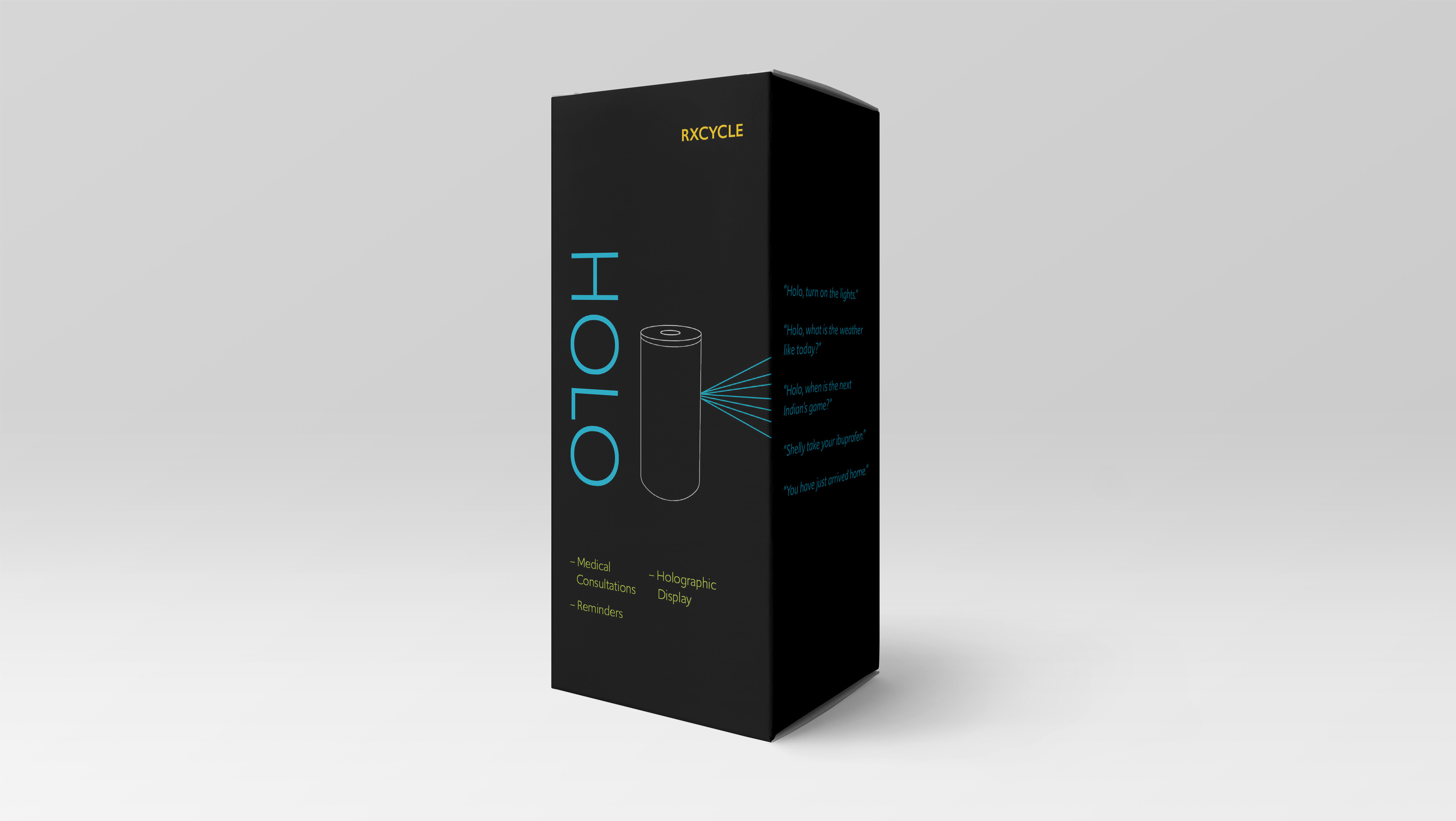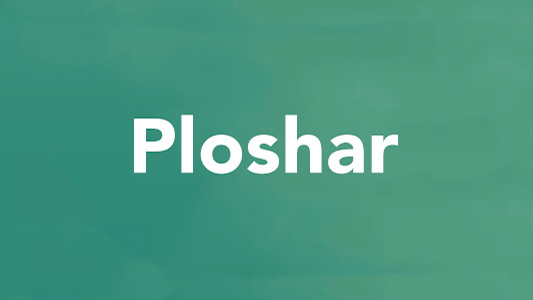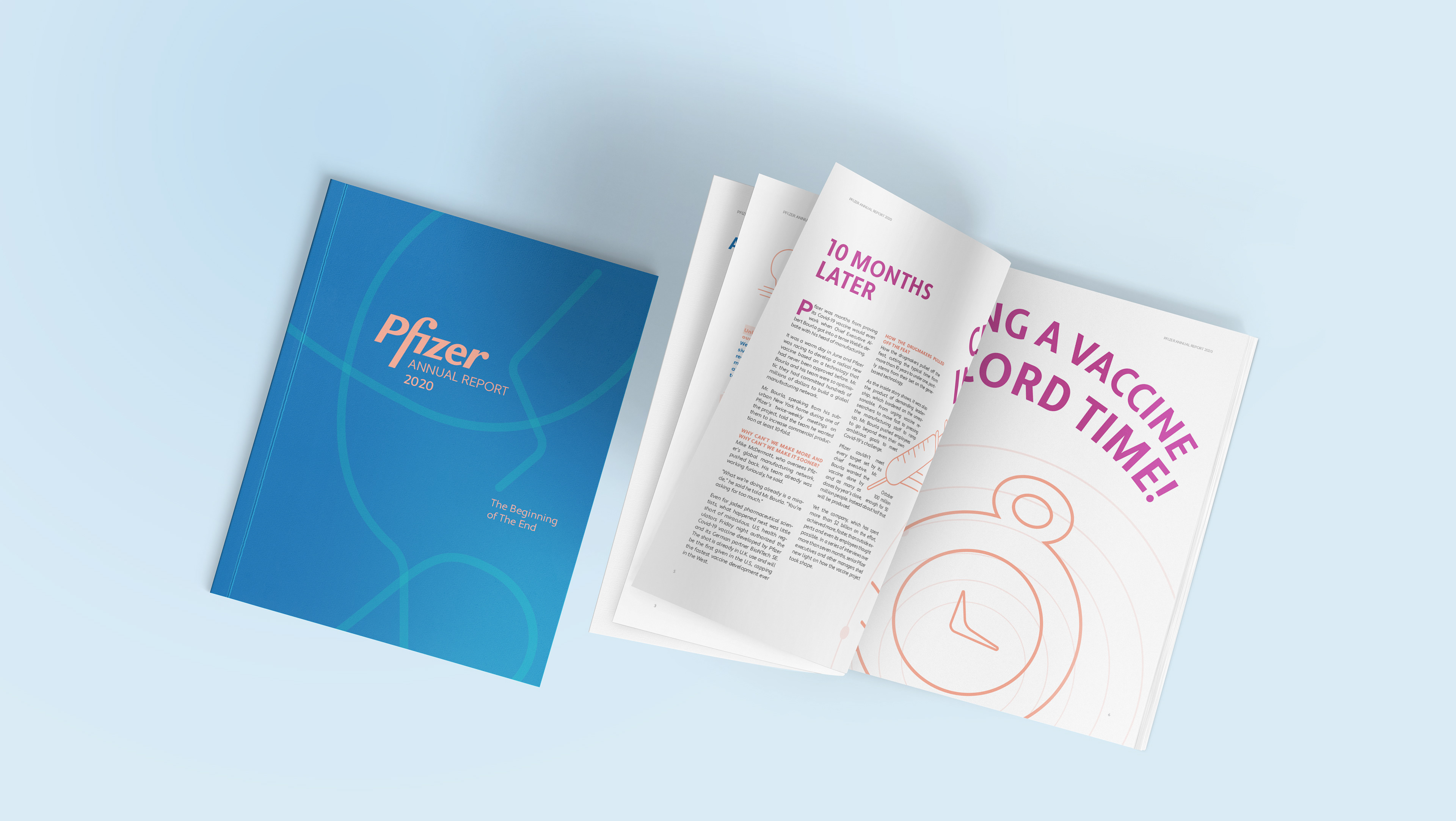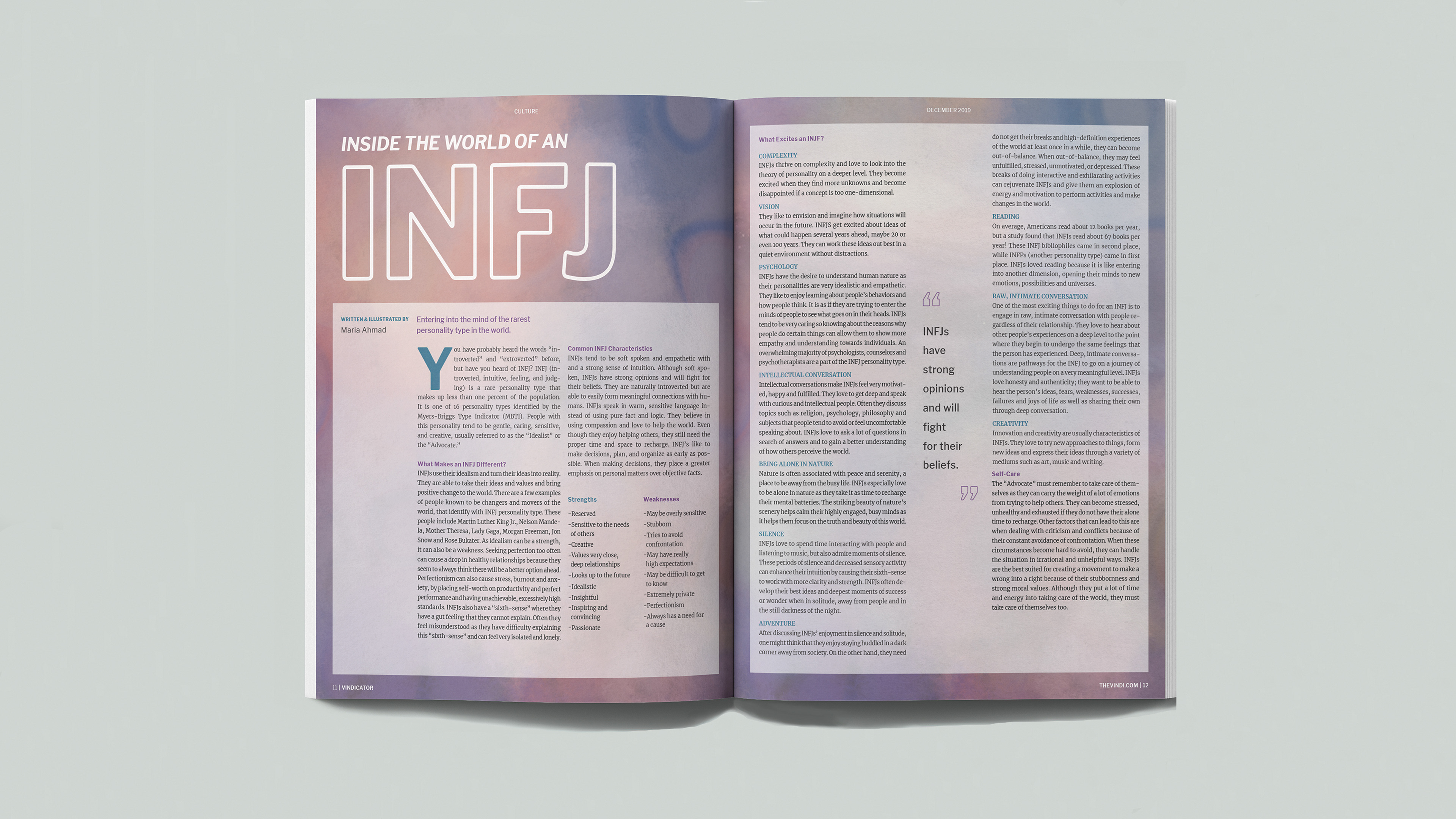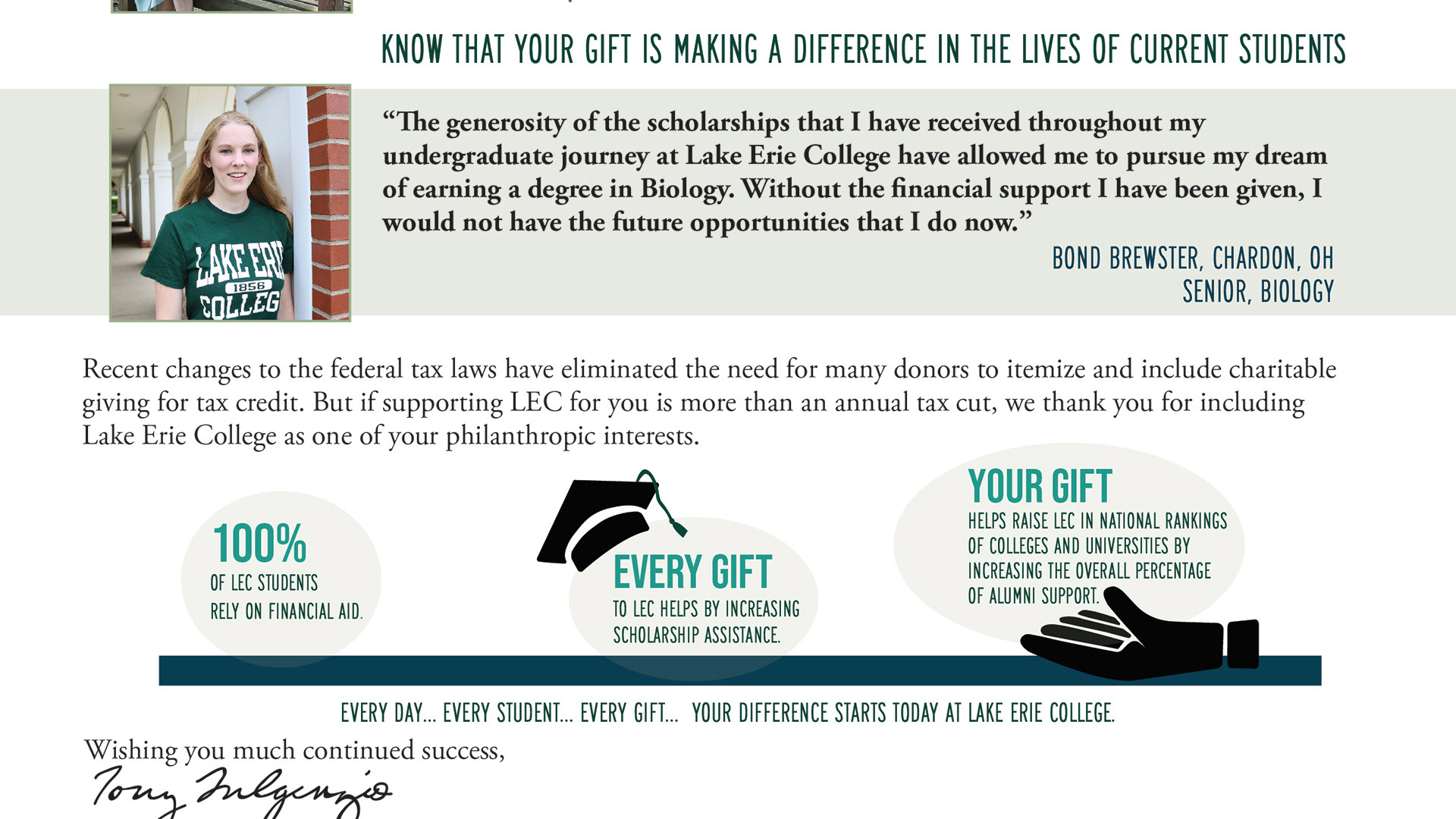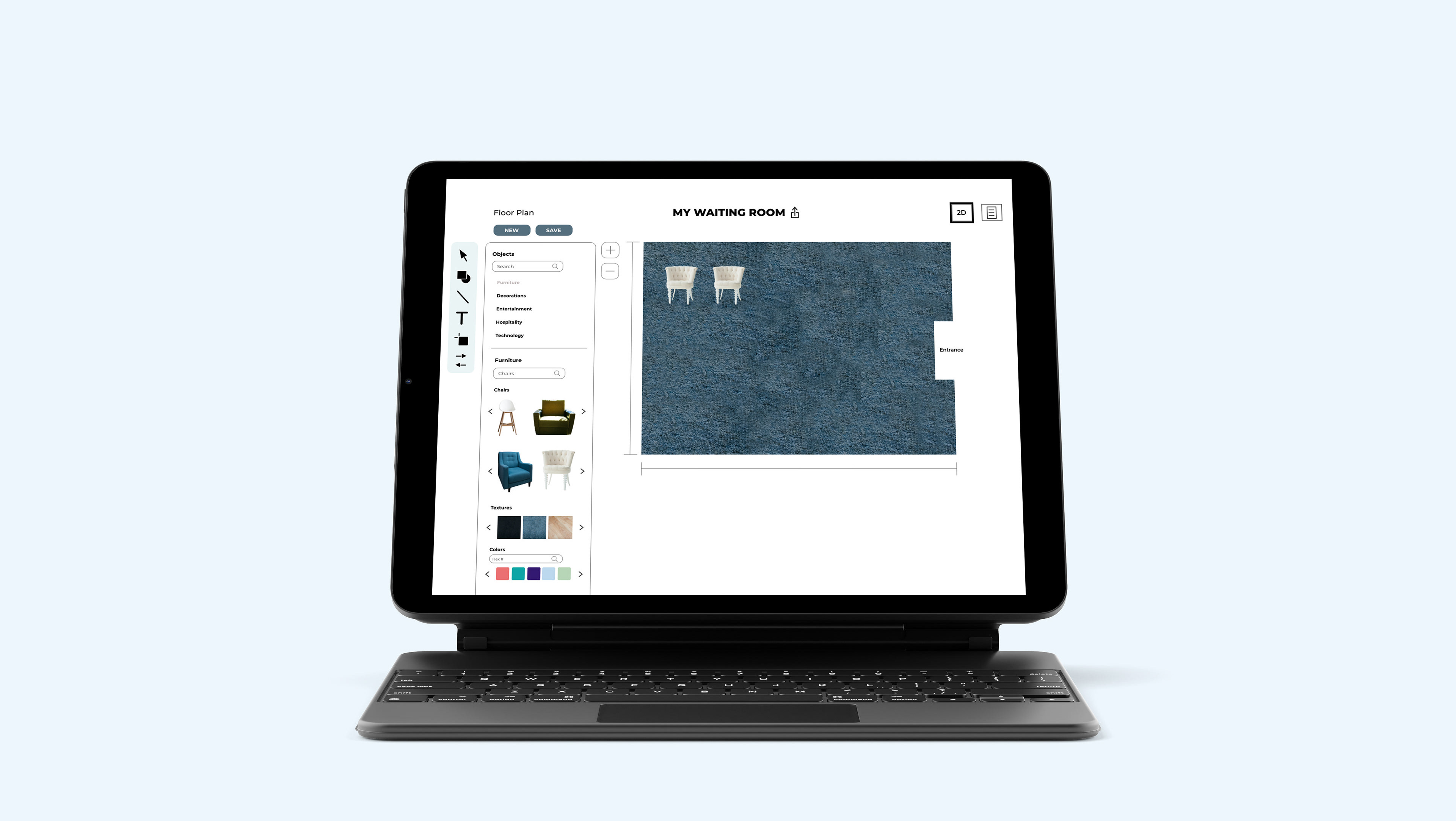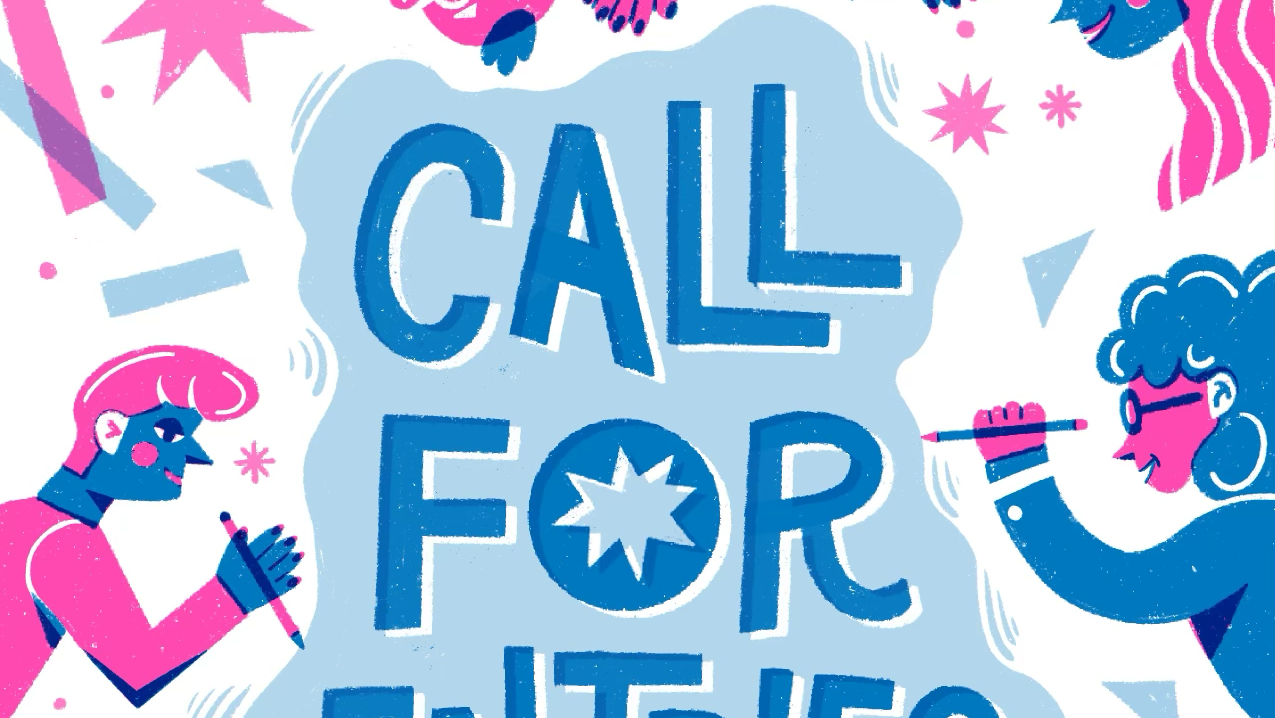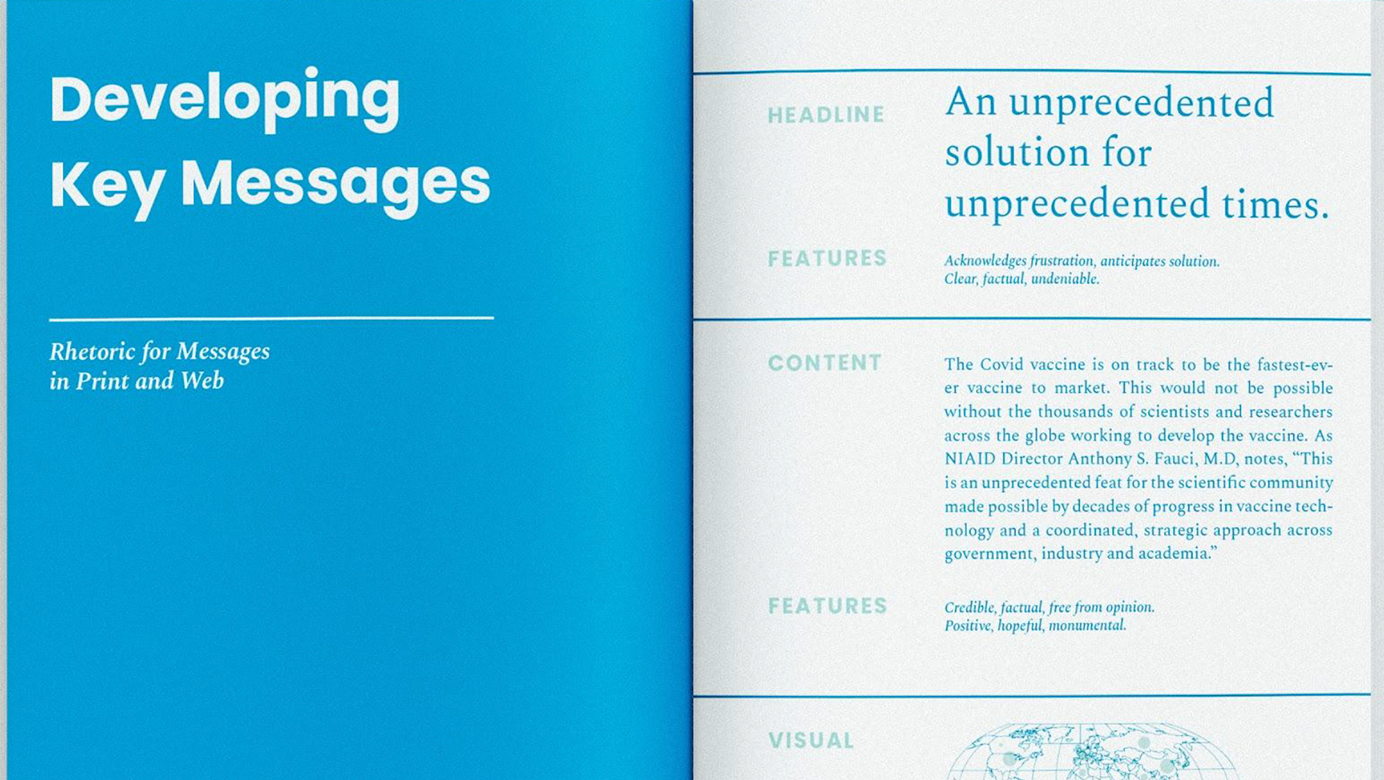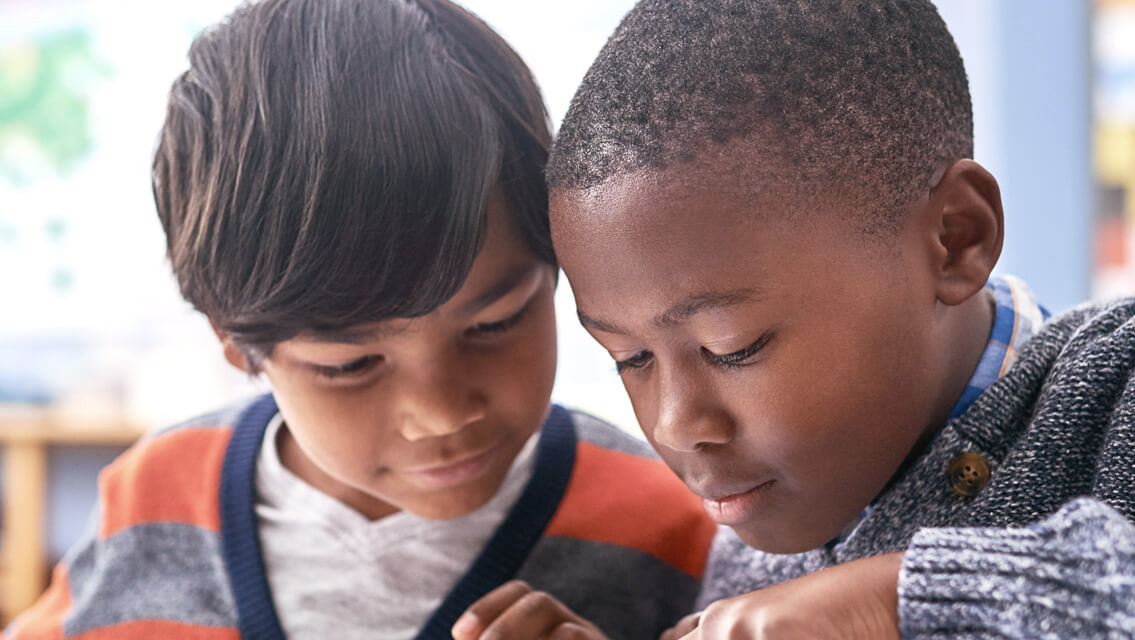An emotional well-being app for middle school children
My Team: UX Strategist + Designer (me), Designer, UX Researcher, Project Manager
____________________________________________________________________________________________________________
Strategies
– Secondary research
– User personas
– User journey mapping
– User testing
– Assisted with creating wireframes and high-fidelity prototypes
– Communicated solutions through quarterly presentations
– User personas
– User journey mapping
– User testing
– Assisted with creating wireframes and high-fidelity prototypes
– Communicated solutions through quarterly presentations
____________________________________________________________________________________________________________
The Problem
Why Are Mental Health Resources and Support Not Widely Available for Middle School Children?
My team and I discussed how we dealt with many stressors while we were in middle school such as having difficulty transitioning into high school and dealing with anxiety. We thought about how we weren't educated about mental health and did not feel like we had a safe space to talk about it. It made us wonder what it was like for kids in that age demographic today.
We conducted secondary research and found surprising statistics about children's mental health such as about 1 in 4 adolescents experience mental health disorders. Middle school students also deal with several stressors as they transition into puberty and adjust to a new school. To further explore these findings, we surveyed eight participants between ages 10-14.
It is important to note we also learned how cell phone usage can harm children's mental health, which is a large societal issue. Since by age 14, about 90% of children own a smartphone and are used to learning through mobile devices, we proposed a solution that would be familiar to them and we had to work under the constraints of a digital solution.
____________________________________________________________________________________________________________
The Solution
After conducting secondary research and surveys with children in this age group, we proposed the development of a well-being app as the solution. The app would allow children to feel seen and heard, provide them with information regarding mental health, and prepare them with lifelong emotional health tools. Please scroll down to view the full case study.
Case Study
Primary Research Survey Results
My team began by creating questions and surveying eight children ages 10-14. The survey helped us understand user needs.
Competitive Analysis (SWOT)
Next, we analyzed well-being apps that currently exist and looked at the strengths and weaknesses of each app. We found most stress and mental health apps are either targeted at very young children or adults, completely skipping over children ages 10-14.
User Personas
Personas were informed by our research and helped us better understand our target users throughout the design process.
User Journey Map
I created a user journey map so that my team and I could understand the entire process of how the user interacts with the app.
Site Map
The site map was created after we determined information and features that would meet user needs.
Low-Fidelity Wireframes
These are the first round of wireframes that were created to help organize information and develop a hierarchy.
Icon Adjustments
After conducting user tests, the icons were adjusted after we received feedback that there were color contrast issues and the functions were not easily understood.
Icons Before
Icons After
Final Prototype
Tools Used: Adobe XD, Adobe Photoshop, Adobe InDesign, Miro, Lottie Files
